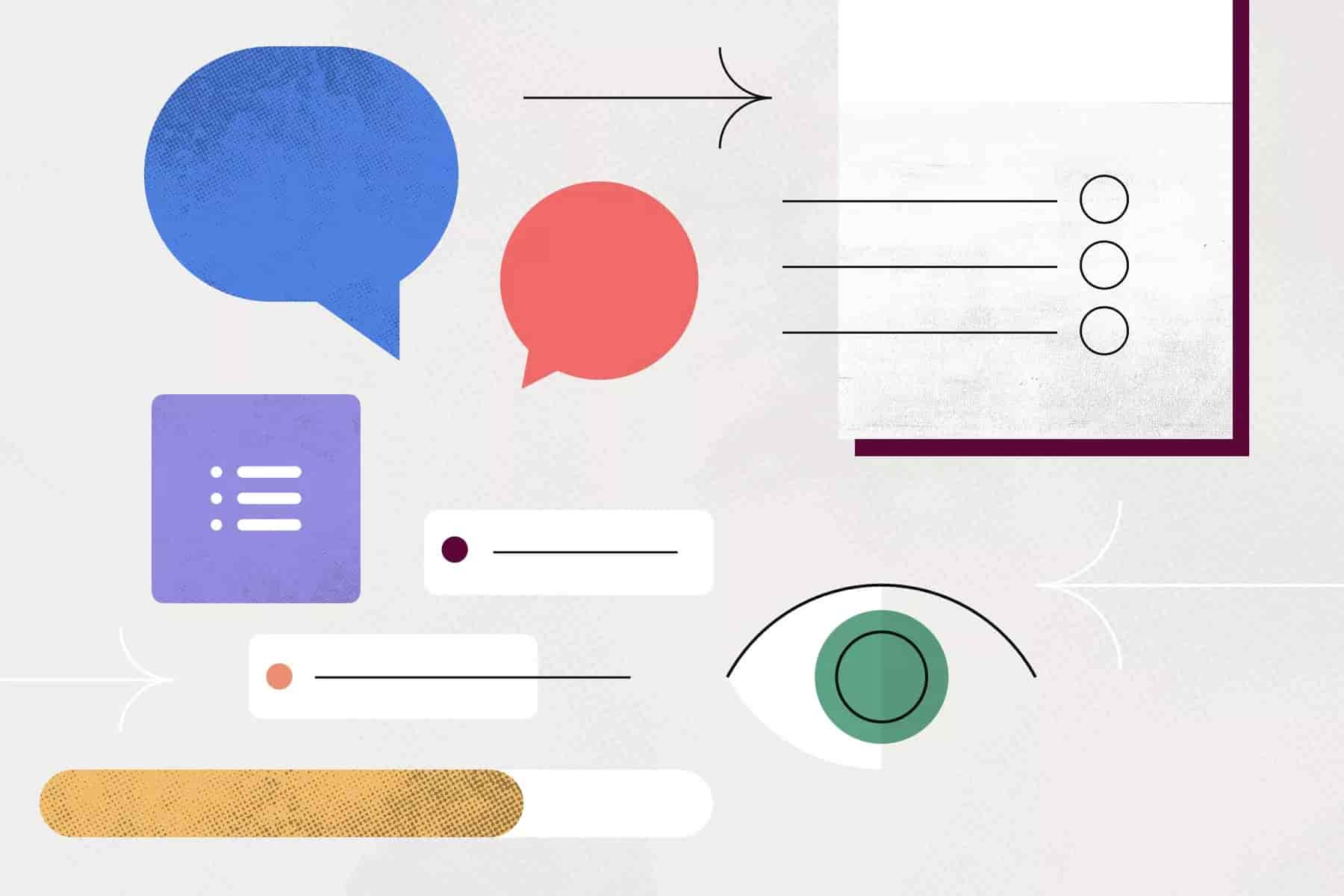
The Best Tools for Communication in Distributed Teams
In today’s world, distributed teams are becoming more and more common. Whether your team is working from home, in different cities, or even on different continents, effective communication is key to success. 🌟
In this article, we will explore the best tools to maintain smooth, collaborative, and productive communication in distributed teams. From videoconferencing to project management, these tools can make a difference for your team! 🚀
1. Slack: Instant and Collaborative Communication 💻💬
Slack is one of the most popular tools for distributed teams, and for good reason. This messaging platform allows you to organize communication in thematic channels, so messages don’t get lost in endless threads.
Advantages:
- Integrations: Slack connects with tools like Google Drive, Asana, GitHub, and more. 🔗
- Quick search: Easily find any message, file, or link. 🔍
- Threads: Reply to messages without interrupting the main conversation. 🧵
💡 Tip: Use custom emojis to add a fun touch to team interactions. 🎉
2. Zoom: High-Quality Videoconferencing 📹✨
For virtual meetings, brainstorming sessions, or even social activities, Zoom is a reliable and widely used tool.
Advantages:
- Exceptional video quality (even on unstable connections). 🖥️
- Advanced features: Screen sharing, breakout rooms, and meeting recordings. 🎥
- Easy to use: A link is all that’s needed for anyone to join. 🔗
🔊 Tip: Make sure to establish clear meeting etiquette (e.g., always having the camera on or setting time limits).
3. Trello: Visual Project Management 📝📌
While Trello is primarily a project management tool, its visual Kanban board approach makes it an excellent resource for task status communication.
Advantages:
- Simplicity: Ideal for small teams seeking clarity. ✅
- Customization: Add labels, deadlines, and checklists. 🔖
- Transparency: The entire team can see who is working on what task. 👀
🔧 Pro Tip: Connect Trello to Slack or Google Calendar for real-time notifications about changes.
4. Miro: Visual Collaboration and Brainstorming 🎨🧠
When you need brainstorming or to collaborate on designs, Miro is perfect. It’s a visual workspace where everyone can interact in real time.
Advantages:
- Mind maps and diagrams: Perfect for structuring complex ideas. 🧩
- Real-time collaboration: See what others are adding instantly. 🔄
- Templates: Speed up your work with preconfigured options. 📋
🎯 Use it for: Agile retrospectives, flowcharts, and interactive workshops.
5. Google Workspace: All-in-One Collaboration 🌟📁
Google Workspace (formerly G Suite) provides a comprehensive solution for documents, spreadsheets, presentations, and more. Google Docs and Google Sheets allow simultaneous collaboration among all team members.
Advantages:
- Real-time editing: The whole team can work on a document at the same time. 🖊️
- Comments and suggestions: Great for team reviews. 💡
- Automatic syncing: Forget about losing important changes. 🔄
📌 Tip: Use Google Meet (integrated) for quick meetings directly from a document.
6. Asana: Task Organization and Tracking 📊⚙️
Asana is a task management tool that also promotes clear communication. You can assign tasks to specific people, set deadlines, and share progress updates.
Advantages:
- Timeline view: See the entire project at a glance. 📅
- Smart notifications: Keep everyone informed without flooding their inbox. ✉️
- Integrations: Connect Asana with Slack, Gmail, and more. 🔌
🏷️ Recommendation: Use color-coded labels to categorize tasks and maintain order.
7. Notion: The All-in-One Platform 🗂️🛠️
Notion is a hybrid between a database, a task organizer, and a collaborative writing space. It’s perfect for centralizing information and keeping the team synchronized.
Advantages:
- Flexible: You can create wikis, databases, Kanban boards, and more. 📚
- Shared documentation: Ideal for internal policies and project guides. 📄
- Interactivity: Dynamic tables, checklists, and widgets. ✅
💡 Use it as: A “virtual office” where the whole team can access key resources.
8. Discord: Communication and Community 🎧💻
Although it started as a tool for gamers, Discord has gained popularity in work teams due to its persistent voice channels and flexibility.
Advantages:
- Always-active voice channels: Perfect for quick sessions or virtual coworking. 🎙️
- Integrations and bots: Automate tasks or create polls in seconds. 🤖
- Small or large groups: Adapt Discord to teams of any size. 📈
🎉 Fun Tip: Use Discord for virtual social events, like trivia nights or karaoke.
Conclusion 🎯💡
There is no one-size-fits-all tool for all distributed teams. The key is to choose a combination that fits your team’s specific needs. Some tools shine in fast communication (like Slack), while others excel in visual collaboration (like Miro or Trello).
What’s next?
- Experiment with different options and gather feedback from your team. 🗣️
- Don’t forget to establish clear communication norms. ✍️
- Use these tools to foster not only productivity but also team cohesion. 🤝